Submarines have come a long way from their early designs, evolving into sophisticated machines with remarkable capabilities. This article explores 13 critical advancements that have transformed submarines, enhancing their stealth, endurance, and overall effectiveness. From nuclear propulsion to advanced sonar systems, these innovations have reshaped underwater warfare and strategic defense.
Contents
Nuclear Propulsion

Nuclear propulsion revolutionized submarines by providing virtually unlimited range and endurance. These submarines can remain submerged for months, allowing for extended missions without the need for refueling. With the capability to travel faster both underwater and on the surface, nuclear-powered submarines significantly enhance operational flexibility. Their stealth is also greatly improved, making them harder to detect.
Ballistic Missile Submarines (SSBNs)
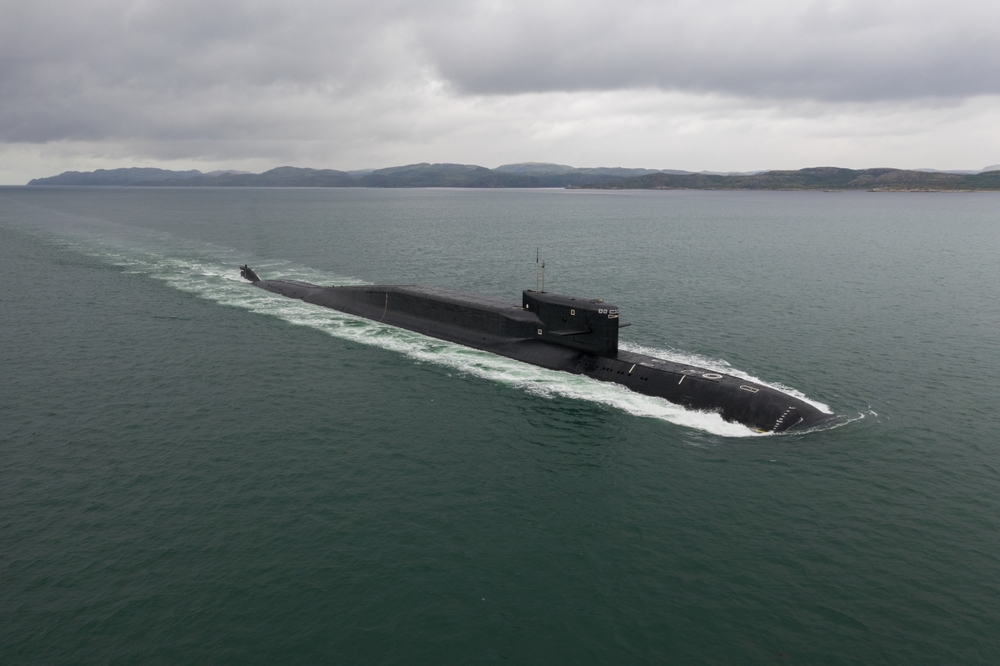
Ballistic missile submarines (SSBNs) play a crucial role in nuclear deterrence. These vessels carry intercontinental ballistic missiles (ICBMs), providing a secure second-strike capability. Remaining hidden underwater for extended periods ensures retaliatory strikes can be launched even if other nuclear forces are compromised. Strategically vital for global stability, SSBNs have transformed naval warfare and strategic defense planning.
Air-Independent Propulsion (AIP)

Air-independent propulsion (AIP) systems enable non-nuclear submarines to operate without surfacing for air. By reducing the need to snorkel, these systems enhance stealth, making submarines less detectable. Extended underwater endurance is achieved compared to traditional diesel-electric propulsion. AIP technology has made conventional submarines more competitive with nuclear ones in terms of stealth and operational effectiveness.
Advanced Sonar Systems
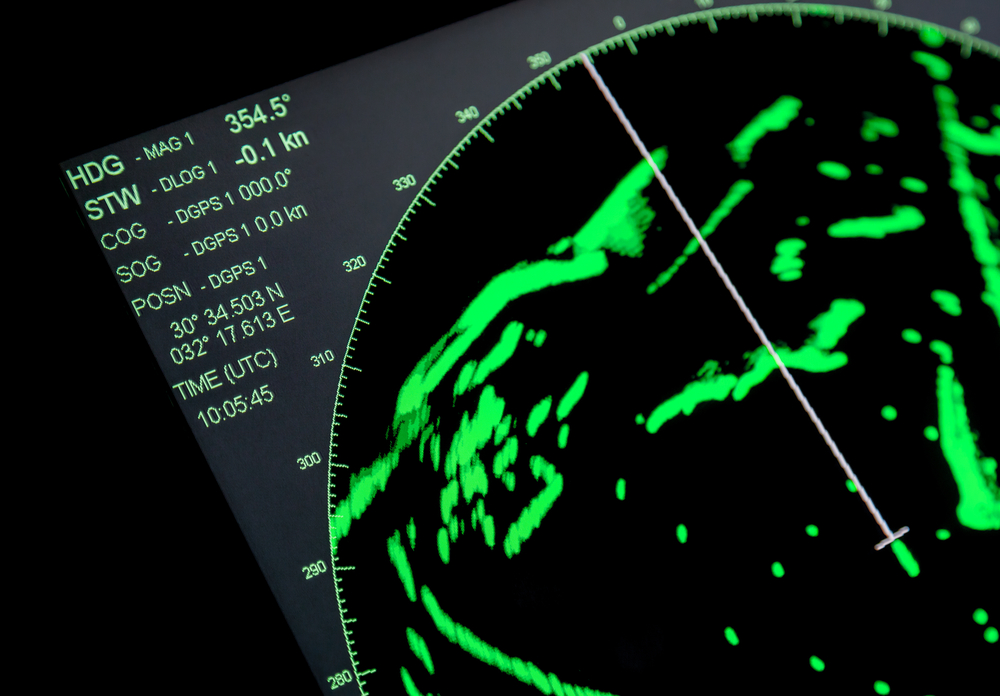
Modern sonar systems drastically improve submarines’ detection capabilities. Using sophisticated algorithms and signal processing, these systems identify and track targets with great accuracy. Passive sonar allows submarines to detect vessels without emitting detectable signals, enhancing stealth. Active sonar provides detailed information about the underwater environment and potential threats. Advanced sonar systems significantly increase submarines’ situational awareness and combat effectiveness.
Stealth Technology
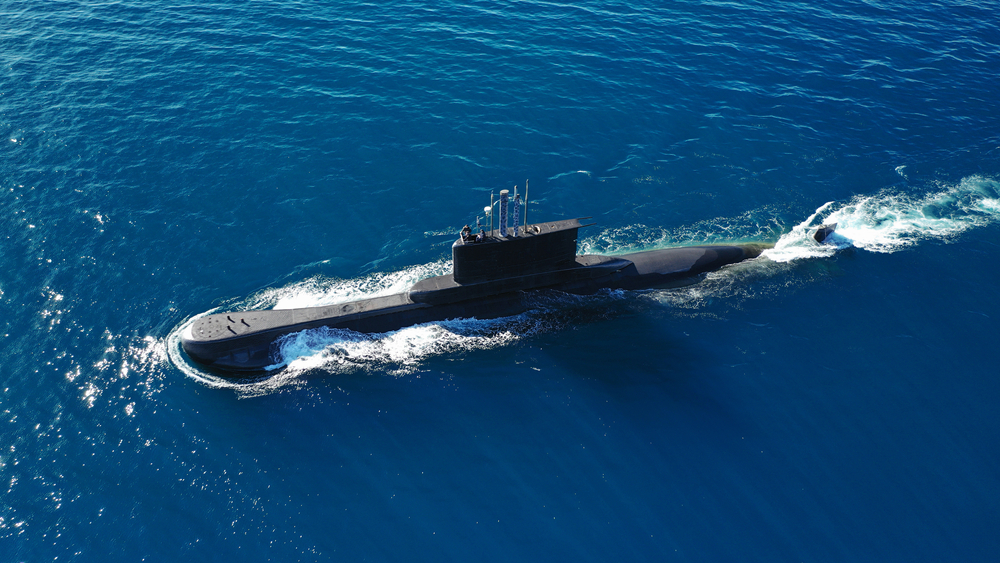
Stealth technology in submarines includes advanced hull designs, anechoic coatings, and noise-reducing measures. These innovations minimize acoustic signatures, making submarines harder to detect with sonar. Improved hydrodynamics reduce noise generated by the hull moving through water. Noise-dampening technologies in propulsion and machinery systems further enhance stealth. Maintaining the element of surprise and avoiding detection is crucial in modern naval warfare.
Improved Communication Systems
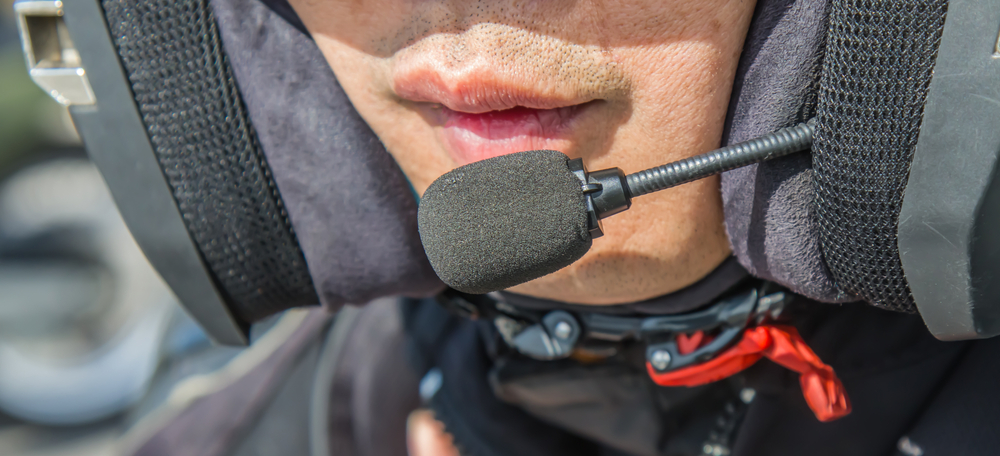
Advances in communication technology enhance submarines’ connectivity with command centers and other assets. Modern submarines are equipped with satellite communication systems, allowing for secure, real-time data transmission. This capability ensures updated mission orders and shared intelligence while remaining submerged. Improved communication systems are essential for coordinated operations and strategic command and control.
Acoustic Decoys and Countermeasures
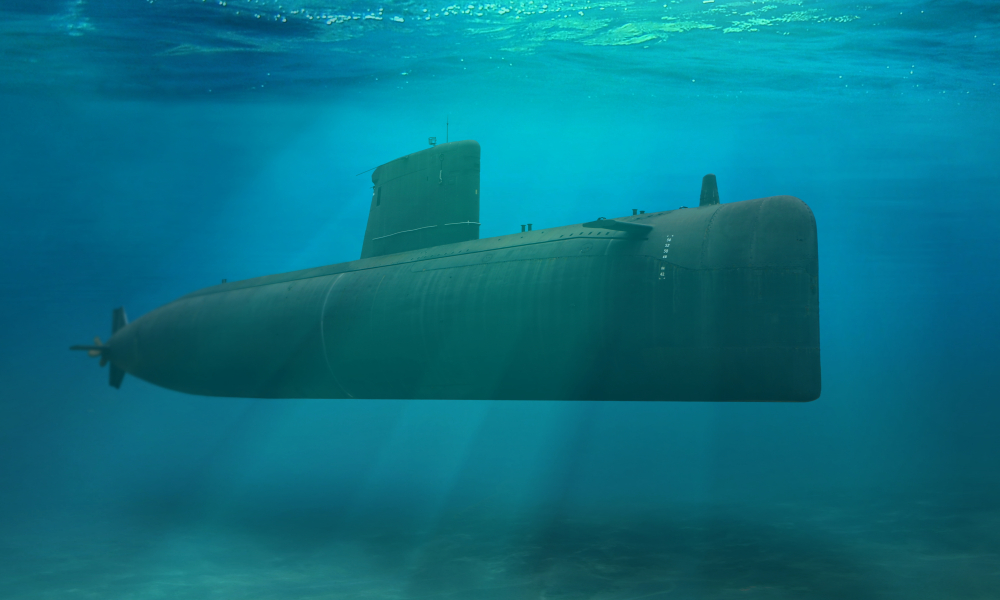
Submarines employ sophisticated acoustic decoys and countermeasures to evade detection and attacks. These systems mimic the acoustic signature of a submarine, misleading enemy sensors and torpedoes. Countermeasures can create noise that interferes with the guidance systems of incoming torpedoes. Enhancing the survivability of submarines, these technologies provide effective means to avoid or neutralize threats.
Special Operations Capabilities
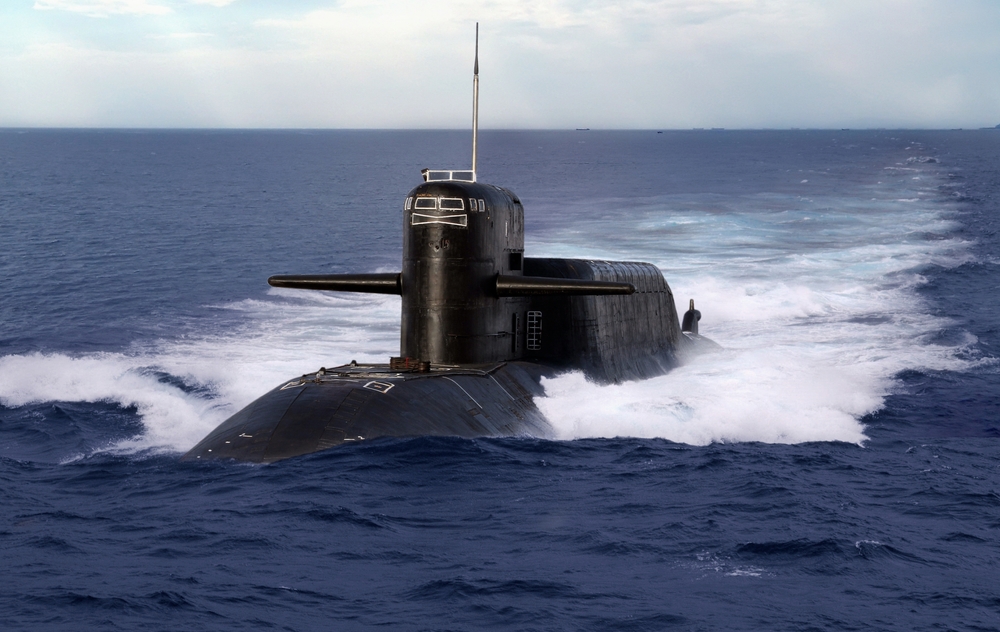
Modern submarines increasingly support special operations forces (SOF). Equipped with dry deck shelters or specialized mini-submarines, they can deploy and recover SOF teams. This capability allows for covert insertion and extraction of personnel in hostile or sensitive environments. Submarines can also provide logistical support and act as command centers for special operations missions.
Enhanced Torpedo Technology
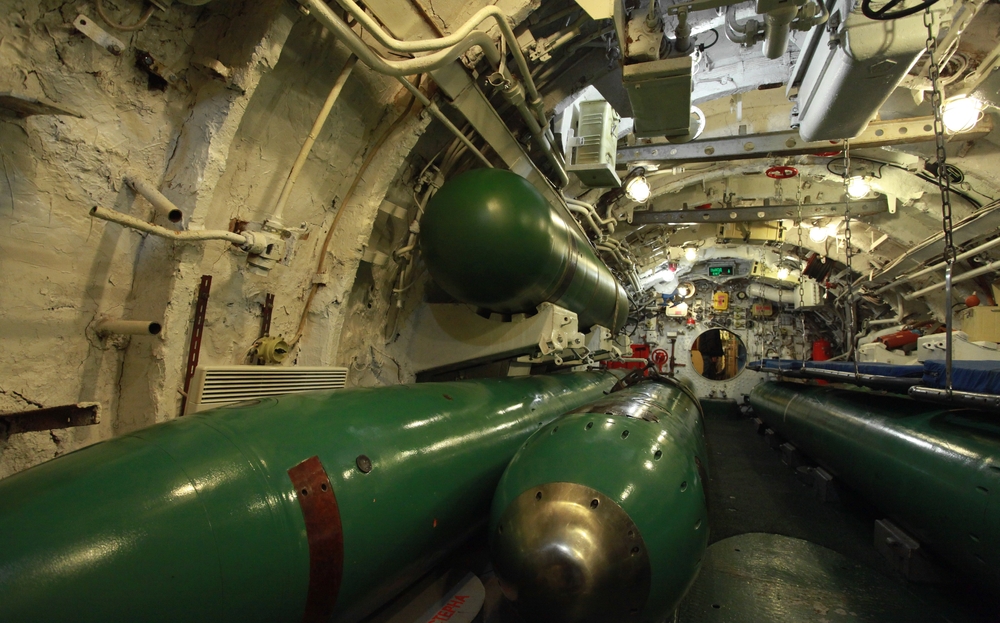
Significant advancements in torpedo technology include improvements in guidance systems, propulsion, and warheads. Modern torpedoes are faster, more accurate, and have greater range than their predecessors. Guided by wire, homing on acoustic signals, or using sophisticated onboard sensors, they increase the lethality and effectiveness of submarines in combat.
Advanced Hull Materials
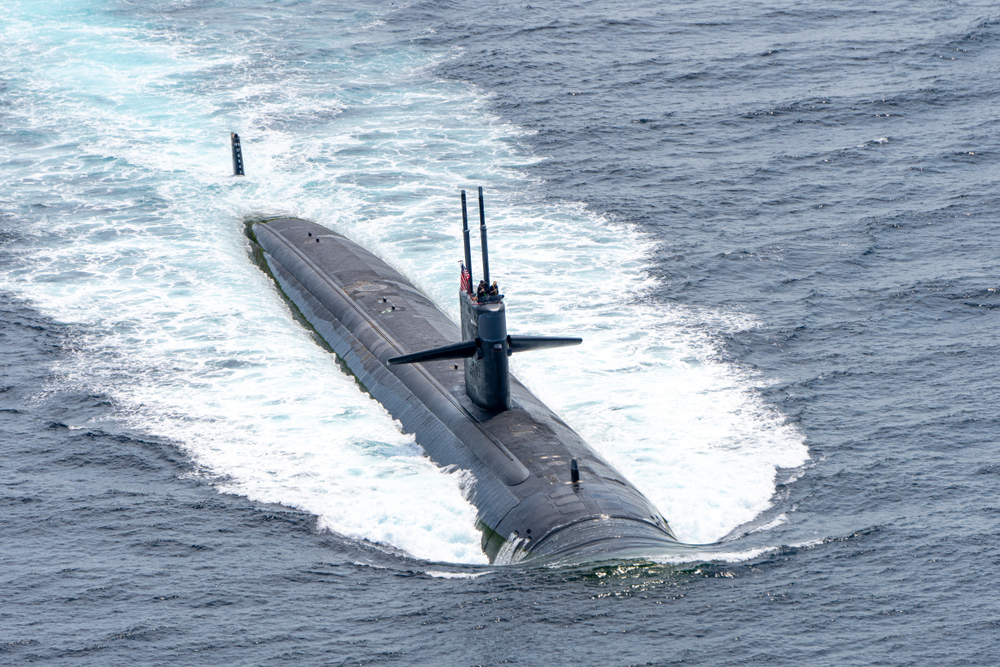
Advanced materials used in submarine construction improve durability, stealth, and performance. High-strength, low-weight materials like titanium and advanced composites reduce overall weight and increase hull strength. These materials also contribute to better stealth characteristics by minimizing acoustic signatures. The development of advanced hull materials enhances submarines’ survivability and operational capabilities in diverse environments.
Automated Systems and Artificial Intelligence

Automated systems and artificial intelligence (AI) streamline operations and improve decision-making in submarines. AI assists with navigation, threat detection, and combat system management, reducing crew workload and enhancing operational efficiency. Accurate and timely responses to dynamic situations are enabled by these technologies. Integrating AI and automation represents a significant leap forward in submarine capabilities.
Enhanced Surveillance and Reconnaissance Systems
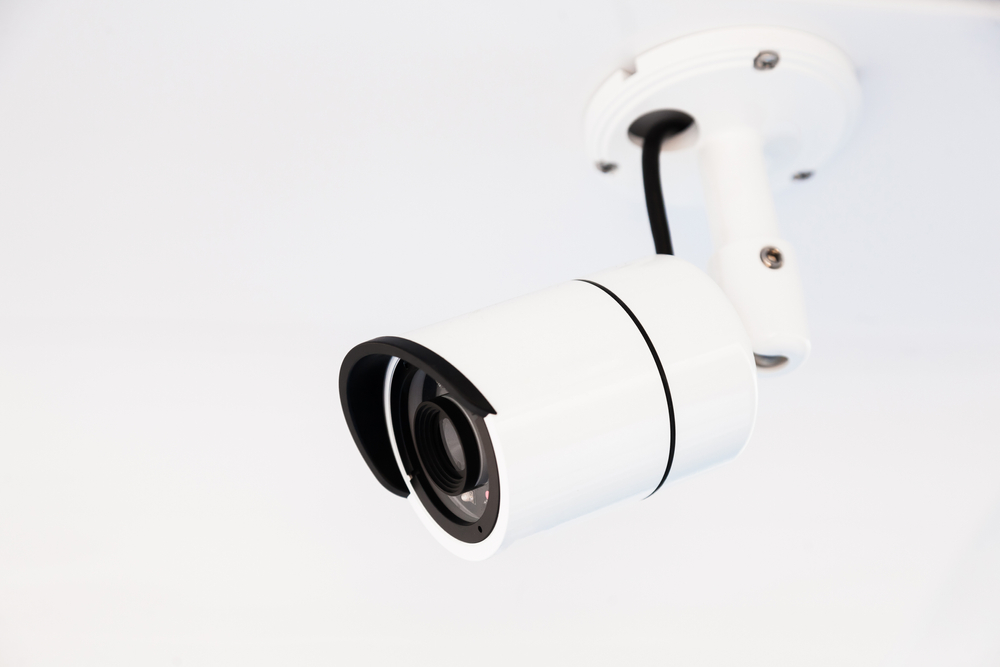
Equipped with high-resolution cameras, sensors, and electronic intelligence equipment, modern submarines have advanced surveillance and reconnaissance systems. Gathering critical intelligence while remaining undetected, these systems provide a comprehensive understanding of the operational environment. Crucial for strategic planning, threat assessment, and mission execution, enhanced surveillance capabilities improve submarines’ strategic value.
Electric Drive Systems
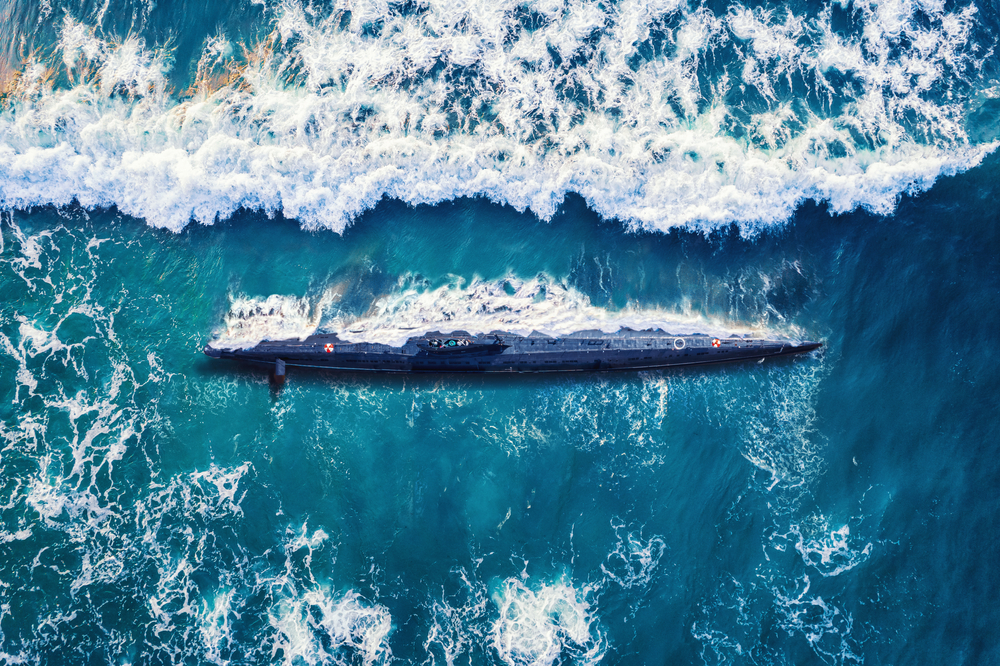
Electric drive systems offer quieter and more efficient propulsion for submarines. Reducing acoustic signatures, these systems make submarines harder to detect. Providing greater maneuverability and operational flexibility, the shift to electric propulsion enhances stealth and performance in diverse operational scenarios. This advancement represents a significant improvement in submarine engineering and design.
This article originally appeared on MyCarMakesNoise.
More from MyCarMakesNoise
25 Best Off-Road Vehicles for Every Kind of Outdoor Adventure

When it comes to outdoor adventures, having the right off-road vehicle can make all the difference. Whether you’re navigating rugged mountains, desert trails, or muddy backroads, you need a vehicle built to handle the challenge. Read More.
25 Classic Sports Cars That Didn’t Live Up to Expectations

Not every classic sports car lives up to the thrill it promises. While some vehicles are remembered for their speed and innovation, others look great but fall short when it comes to performance, handling, or reliability. Read More.
Top 16 High-Speed Commercial Vehicles You Can Actually Drive

If you think commercial vehicles are all about heavy loads and slow speeds, think again. Some of the latest models combine impressive speed with the practicality needed for work. Read More.














